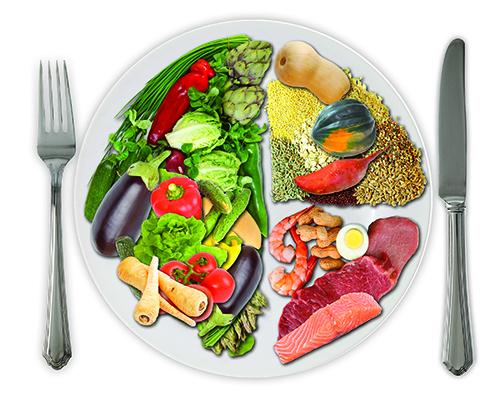Should you count calories?
by Betsy Lynch
 If the word diet conjures feelings of deprivation and dread, registered dietitian Kris Lynch* has a strategy that just might ease your anxiety.
If the word diet conjures feelings of deprivation and dread, registered dietitian Kris Lynch* has a strategy that just might ease your anxiety.
“Start thinking about all the great foods you’ll get to eat more of rather than focusing on what you’ll be eating less of,” suggests Lynch, who is also a certified diabetes care and education specialist for Centura Health.
When working with clients, she focuses on health, not weight—although there’s often a correlation between the two. Eating more fresh fruits and vegetables, more whole grains, and more plant-based proteins can satisfy hunger and contribute to greater energy, better sleep, less inflammation, and—yes— even a reduction in body fat. But do we really need to count calories?
If your hope is to shed a few ‘pandemic pounds,’ then perhaps.
Basic accounting
Calories are the way we measure food energy. Calories support growth, metabolism, and physical activity. When we eat more calories than we burn, the body stores the surplus as fat. A basic rule of thumb is 3,500 excess calories equals a pound of gain. Eating 500 fewer calories each day—or burning those units through exercise—allows most of us to shed about a pound a week. Yet everyone is different.
Portion sizes can be deceiving, too. Clients are often surprised when Lynch holds out her hand and compares it to an 8-ounce steak—and then suggests cutting the serving in half, saving 300 calories. That’s why measuring cups, a kitchen scale, and nutrition information labels are good weight management tools. They quantify what we consume.
Technology makes it easy to find out how many calories are in your favorite foods (even restaurant meals) through phone apps, to access online calorie calculators, and to set and track personalized weight goals. See breakout box.
But counting calories is not for everyone, Lynch cautions.
What’s on your plate?
Lately, a great deal of attention has centered on carbohydrates. In fact, many people are experimenting with low carb, high fat, high protein “ketogenic” diets. And for some cancer patients or individuals with certain metabolic diseases, such diets can be therapeutic.
However, for most of us, a low carbohydrate diet is not ideal for weight control, Lynch says. Complex carbs such as whole grains and starchy vegetables are important to digestive health; our gut microbes need them. She suggests that 50-60% of our daily calories come from carbohydrates (mostly “complex”); 20% from protein; and 20-30% from fat.
In practice, this means filling at least half your plate with fresh, colorful vegetables; a quarter with your choice of eggs, fish, meat, beans, lentils, seeds, nuts, or other plant proteins; and the remaining quarter with whole grain breads, pasta, rice, starchy vegetables, and other unrefined foods. Lynch also adds milk and fresh fruits to this carbohydrate quadrant. It’s a modified “MyPlate.gov” eating plan so you don’t have to count calories. If weight loss is a goal, Lynch recommends reducing portion sizes by one-third.
Equally important: Stay hydrated. Thirst is often mistaken for hunger, she said. Try drinking two cups of water and then decide if you still want something to eat.
Finally, get moving. Lynch suggests that it’s often easier to burn calories than it is to cut those same calories from your diet. Plus, any additional exercise delivers its own rewards.
*Editor’s Note: Kris Lynch is the sister-in-law of freelance writer Betsy Lynch.
| Tracking Calories |
|---|
|
